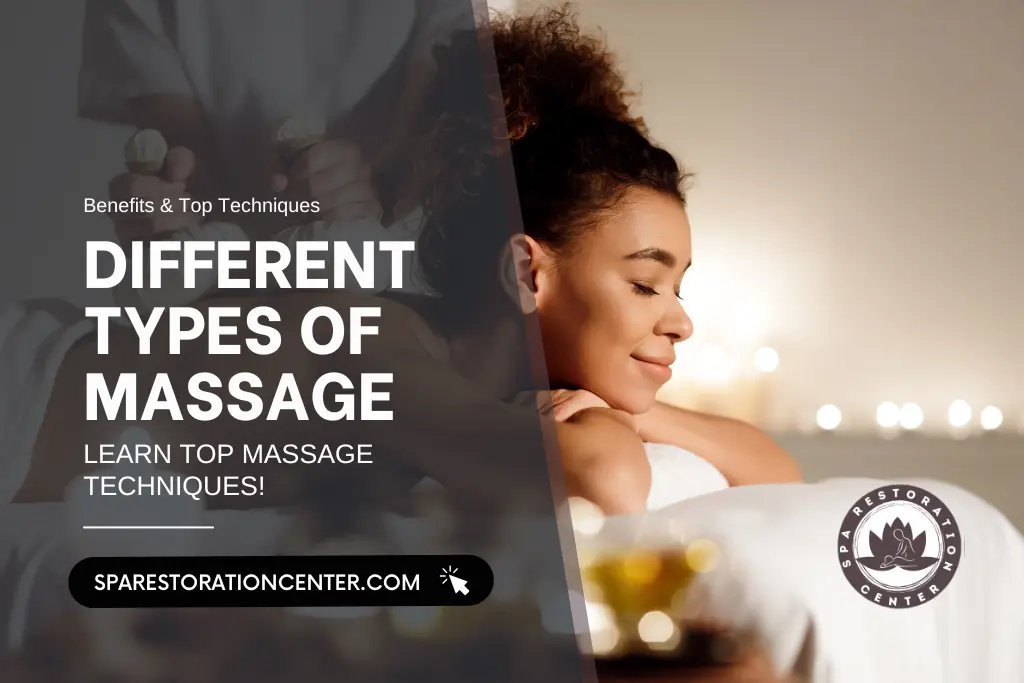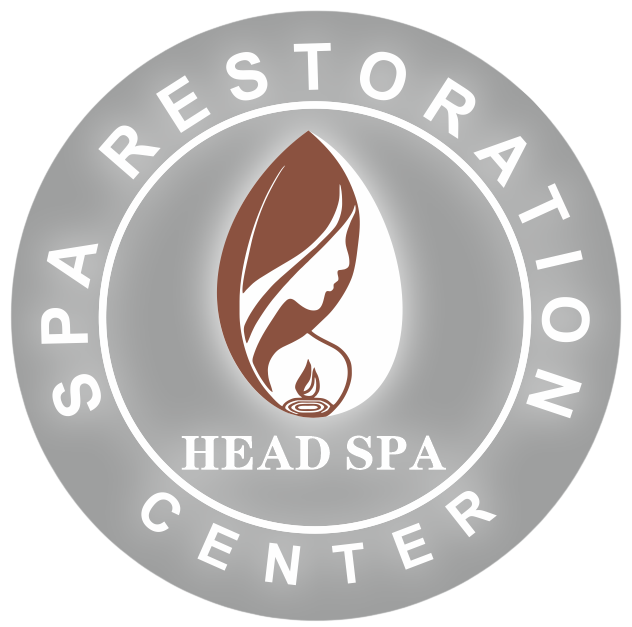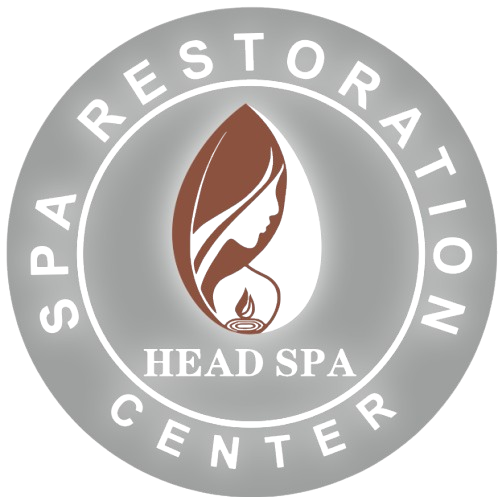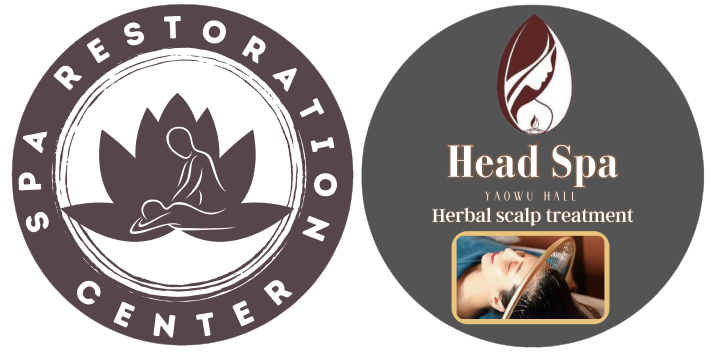
What Are the Different Types of Massage?
Massage therapy is one of the oldest practices available, with civilization’s history suggesting its existence a few thousand years ago. Some benefits of massage include relaxation, pain alleviation, and general wellness. If you seek relief from muscle soreness, relaxation, or need something to improve your range of motion, no matter the case, what you need is a different type of massage.
Whether you are looking for massage treatment for a sore body, planning a trip, or considering what form of therapy to book next, it shouldn’t be that difficult. With so many choices, however, most people may struggle to select one.
In this article, I will explain all types of massages and what specific benefits each type offers so that you can pick the one that best suits you and your body.
What Is Massage Therapy?
Massage therapy is defined as a touching practice that has to do with helping out the body’s soft tissue, which comprises muscles, tendons, ligaments, and other forms of tissues, using the hands, fingers, elbows, or special tools.
This method of therapy is regarded as the oldest form of therapy known to mankind for providing treatment for the body with the use of touch rehabilitation.
How Massage Therapy Works
Massage uses a variety of techniques, including
- Kneading: Pressing and rolling muscles to relieve tension
- Stroking: Gliding movements to promote relaxation and circulation
- Tapping: Rhythmic tapping to stimulate the nervous system
- Pressure Points: Applying direct pressure to release tension and knots
All of these methods can increase blood circulation, improve relaxation, relieve tension, enhance flexibility, and improve the pain a person feels.
Key Benefits of Massage Therapy
Massage isn’t just about relaxation; it has many scientifically proven benefits, including:
| Benefit | How It Helps |
| Pain Relief | Eases muscle tension, reduces chronic pain |
| Stress Reduction | Lowers cortisol, increases serotonin & dopamine |
| Improved Circulation | Boosts oxygen & nutrient flow to tissues |
| Better Flexibility | Loosens tight muscles & improves mobility |
| Faster Recovery | Speeds up muscle healing after workouts |
| Boosted Immunity | Enhances lymphatic drainage & detoxification |
| Better Sleep | Encourages deeper relaxation for quality rest |
What Are the Different Types of Massage?
Now, let’s dive into the different types of massage and their specific benefits.

1. Swedish Massage (Best for relaxation & stress relief)
This is perhaps one of the most famous massage types. It is practiced all over the world and uses deep strokes, gentle circular movements, and rhythmic slapping of muscle groups that need to be relaxed.
Best For: First-time massage clients, stress relief, relaxation
Techniques Used: Effleurage (long strokes), petrissage (kneading), tapotement (tapping)
Benefits:
- Avoids tiredness by promoting relaxation
- Foster’s circulation of blood and oxygen
- Helps alleviate stress and reduces muscle tension
2. Deep Tissue Massage (Ideal for muscle tightness and persistent pain)
Targeting deep layers of muscle and fascia, connective tissue, deep tissue massages help to release tension and chronic pain. To release muscular knots, one uses gentle strokes and deep finger pressure.
Best For: Ideal for athletes and chronic pain patients recovering from injuries
Techniques Used: Deep, sustained pressure, myofascial release
Benefits:
- Aids in chronic pain disorders, including fibromyalgia.
- Releases muscular adhesions
- Improves mobility and posture.
Note: Deep tissue massages can be really strong and might lead to pain later.
3. Sports Massage ( Ideal for sportsmen & energetic people)
Sports massage is meant to prevent and heal injuries connected to sports. To improve performance and recovery, trigger point therapy, deep tissue methods, and stretching under direction are combined.
Best For: Runners, gym-goers, athletes
Techniques Used: Helped with compression, deep pressure, assisted stretching
Benefits:
- Reduces damage and accelerates healing.
- Increases range of motion and flexibility.
- Lessons on muscular tension and discomfort
4. Hot Stone Massage (Best for relaxation & muscle tension relief)
This treatment relaxes muscles and increases circulation by means of heated basalt stones positioned on particular body spots. Deeper muscular penetration made possible by the heat lets go without too much effort.
Best For: Stress relief, muscle relaxation
Techniques Used: Warm stone placement, gentle kneading, Swedish techniques
Benefits:
- Increases blood flow
- Reduces stress and anxiety
- Eases deep muscle tension
5. Aromatherapy Massage (Best for mood enhancement & relaxation)
Combining standard massage techniques with essential oils, aromatherapy massages improve emotional and physical well-being. Other healing qualities abound from oils, including lavender, eucalyptus, and peppermint.
Best For: Stress, anxiety, sleep improvement
Techniques Used: Swedish massage with essential oil application
Benefits:
- Reduces anxiety and emotional stress
- Improves sleep quality
- Enhances mood and relaxation
6. Reflexology (Foot Massage) (Best for stress relief & internal health balance)
Reflexology is pressing particular reflex sites on the feet, hands, and ears corresponding to different organs and systems in the body.
Best For: Overall body balance, relaxation
Techniques Used: Thumb and finger pressure on reflex zones
Benefits:
- Enhances energy flow in the body
- Reduces stress and tension
- Helps with digestive and hormonal imbalances
7. Lymphatic Drainage Massage (Best for detoxification & reducing swelling)
This light massage method increases lymph flow to aid in the body’s toxin and extra fluid elimination. Those suffering from lymphedema, swelling, or postoperative recuperation often find it useful.
Best For: Detoxification, post-surgery recovery
Techniques Used: Gentle, rhythmic strokes, light pressure
Benefits:
- Reduces water retention and bloating
- Boosts immune function
- Supports post-surgery healing
8. Prenatal (Pregnancy) Massage (Best for expecting mothers)
Designed to help pregnant women alleviate stress, edema, and discomfort, prenatal massage is done using light techniques to guarantee the mother and child’s safety.
Best For: Pregnant women, back pain relief.
Techniques Used: Gentle pressure, side-lying position
Benefits:
- Relieves back and joint pain
- Reduces pregnancy-related swelling
- Promotes relaxation and better sleep
Note: Not all massages are safe during pregnancy. Always consult your doctor before booking.
How to Choose the Right Massage for You
Choosing the right massage depends on your needs, pain tolerance, and health goals.
| Goal | Best Massage Type |
| Relaxation & stress relief | Swedish, hot stone, aromatherapy |
| Chronic pain relief | Deep tissue, trigger point, myofascial release |
| Sports performance & recovery | Sports massage, deep tissue |
| Detox & circulation | Lymphatic drainage, reflexology |
| Pregnancy care | Prenatal massage |
Final Thoughts on the Different Types of Massage
From relaxation to pain relief and physical rehabilitation, massage treatment provides a great spectrum of advantages. There is a massage technique that fits your needs, whether your search is for deep physical relaxation, sports rehabilitation, or stress release.
Before booking a session, consider:
- Your health condition and any contraindications
- Your personal goals (pain relief, flexibility, relaxation)
- The type of pressure you prefer (gentle vs. deep tissue)
Now that you know the different types of massage, which one will you try first?



Leave a comment